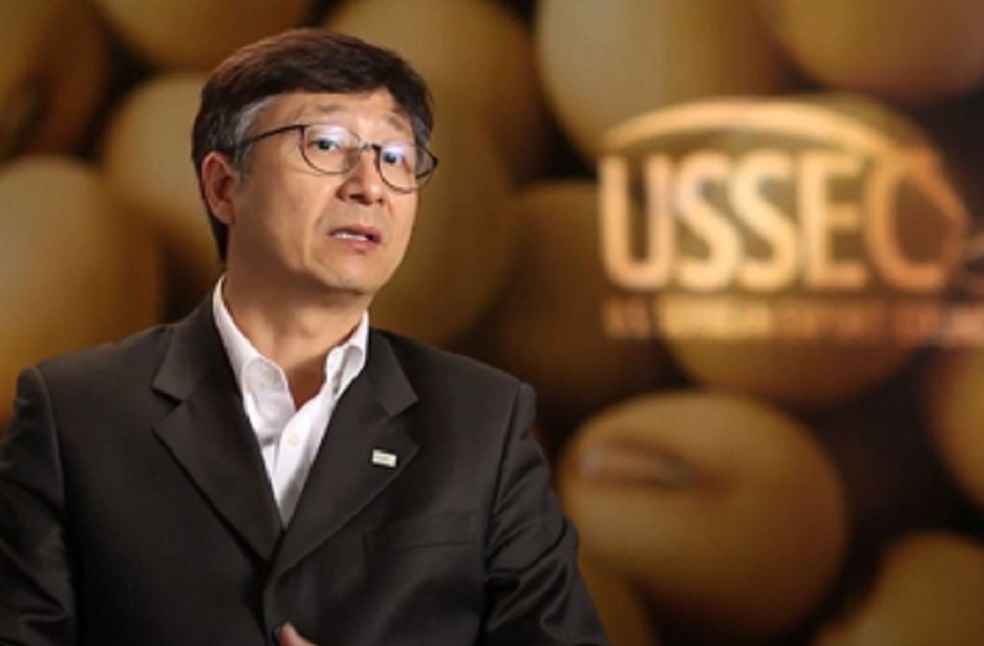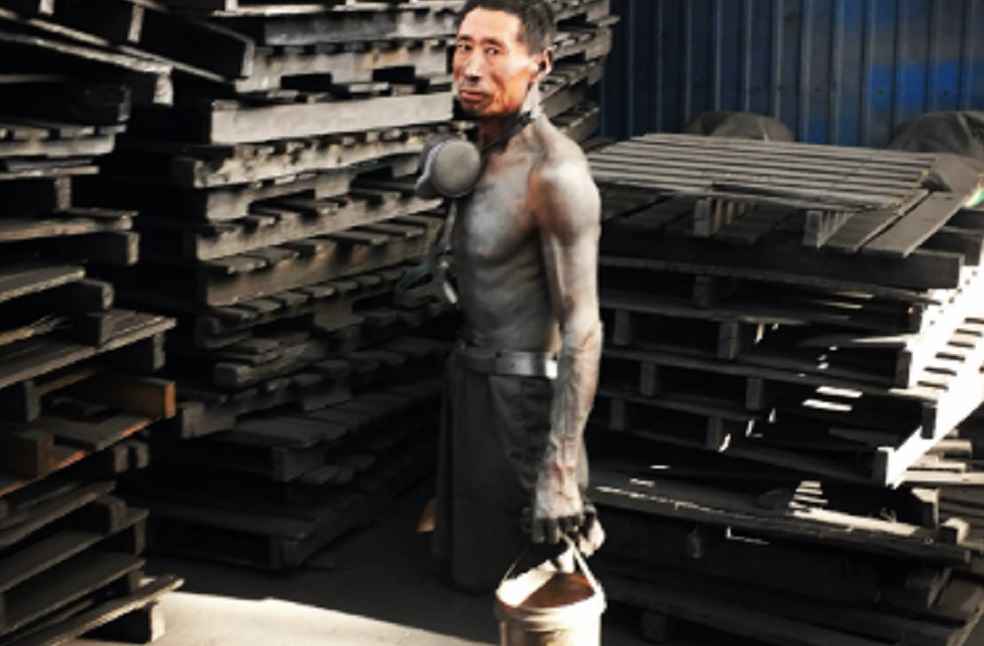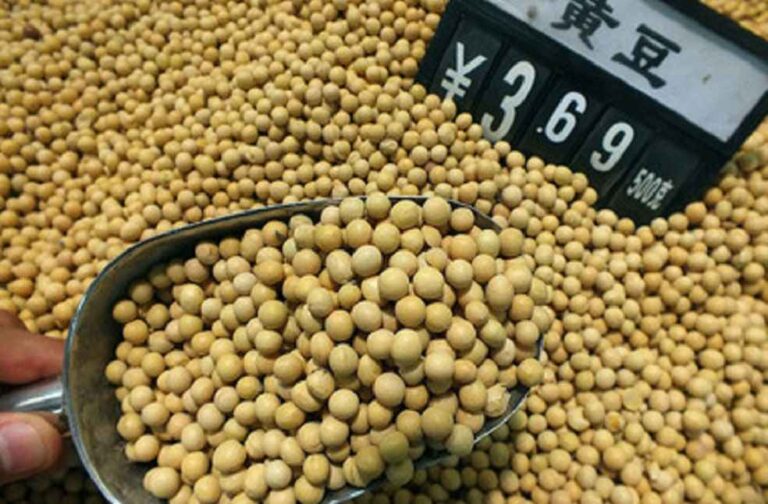The U.S. Soybean Export Council (USSEC) anticipates China’s import of 30 million metric tons of U.S. soybeans for the 2024 marketing year, mirroring the previous year’s statistics. Zhang Xiaoping, USSEC’s China director, confirms that 20 million tons have already been imported for this period.
Lance Rezac from the USSEC underscores the economic interplay between the U.S. and China, predicting robust growth in the soybean sector. By 2033, China’s soybean imports could leap from 101.5 million tons to 134.1 million tons, signifying a yearly growth of 3.1%.

Economic Ties and Agricultural Acumen
China’s grain procurement strategy champions diversity, relying on the interplay of market dynamics, supply, demand, and pricing. Wang Xuejun, an economics expert at Nanjing Agricultural University, highlights the mutual benefits of a balanced Sino-U.S. trade environment for consumers and corporations alike.
Wang Wen of Renmin University’s Chongyang Institute for Financial Studies echoes China’s stance against economic and trade politicization. The country remains committed to fostering global trade liberalization, aiming to solidify the integrity of international industrial and supply chains.

Graphite Exports: A Separate Narrative
He Yadong of China’s Ministry of Commerce sheds light on the nation’s graphite export control measures. These regulations, designed to adhere to international nonproliferation standards and protect national interests, do not imply a complete export prohibition, allowing several compliant graphite export applications.
This exploration of the U.S.-China agricultural trade, with a spotlight on soybeans, unravels the layers of a complex, yet mutually beneficial relationship. China’s position as a global agricultural import leader shapes U.S. export trajectories. This synergy, rooted in economic collaboration and strategic market diversity, is emblematic of the intricate nature of global trade in the modern era.
LATEST NEWS | Hungary and Pakistan Trade Boost: ICCI Spearheads New Economic Era



